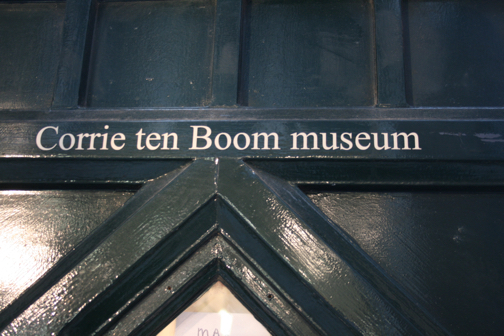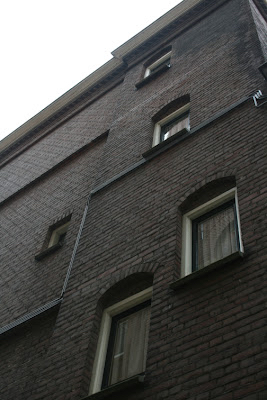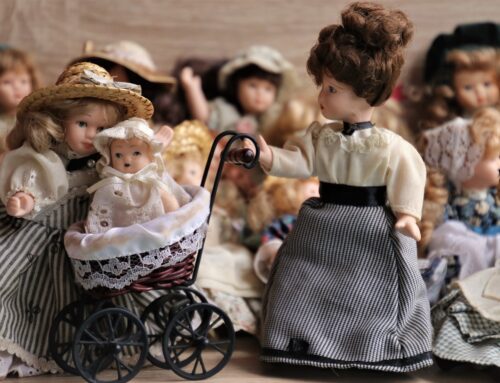
The Corrie ten Boom museum is located in the home Corrie lived in as a child and young woman. (Photo courtesy of Samuel Schaar)
Willem ten Boom was a Dutch watchmaker. In 1837 he opened a clock shop in Haarlem, above which his family lived. He was a faithful Christian and his house was always open to anyone in need.
Willem felt led to begin to pray for the peace of Jerusalem (Psalm 122:6). In 1844 he began a prayer meeting in his home to that end. His son Casper carried on the prayer meeting until 1944. Oh, the prayers the Lord heard for the peace of Jerusalem over these 100 years!
Corrie ten Boom was one of Casper’s daughters. She had been praying for peace for the Jewish people all her life. With this for her heritage, is it any surprise that Corrie would be instrumental in the movement to protect Jews during the Holocaust?
“During 1943 and into 1944, there were usually as many as seven people illegally living in the ten Boom home — Jews and members of the Dutch underground. Additional refugees would stay with the ten Booms for a few hours or a few days until another ‘safe house’ could be located for them.”¹
One day an architect knocked on the door. He had heard of the ten Boom’s fervor and had come to offer his services. He designed a hiding place into which several people could disappear, should the Gestapo arrive at the ten Boom home. It was in Corrie’s bedroom, the highest point in the house. The architect not only designed the room (8-9 feet long, 6 1/2 feet tall, 2 feet deep, behind a linen closet) but also instructed them how to build the room without drawing attention to themselves. “You are a clockmaker,” he told Casper. “For the next two weeks you will be working on nothing by grandfather clocks. Fill the clocks with bricks and other building material. No one will suspect what you are up to.”

The Hiding Place is the room on the upper right corner, Corrie’s bedroom. (Photo courtesy of Samuel Schaar)
The watchmaker did what he could—he offered his home as a safe haven for whoever needed it, especially Jewish people and the Dutch Resistance.
The architect did what he could–he shared his skills with people who would join in the cause of rescue.
Neither man was seeking glory for himself, but through each man’s life, God was glorified and many, many people were saved.
Do you have a passion or a skill that seems small or inconsequential by itself? Don’t seek to use it in a grand way; just offer it because you have it. You never know how God will use it.
Ginger





Beautifully told and applied, Ginger.
Thank you, Joan!
Ginger
Testing comments 1/14/24. JBB